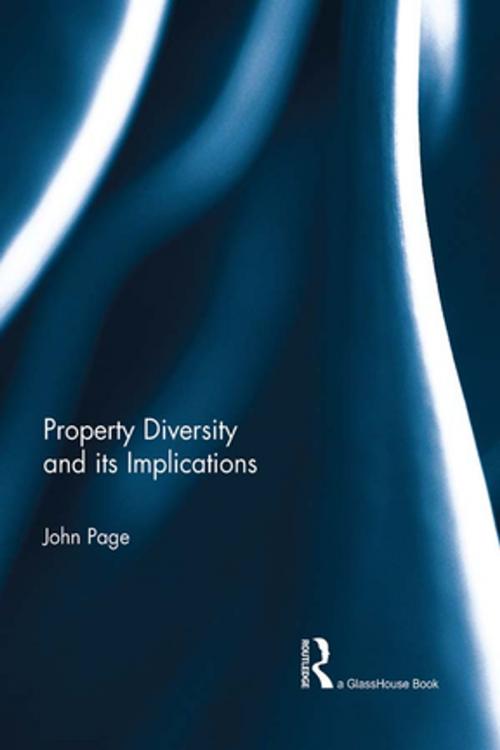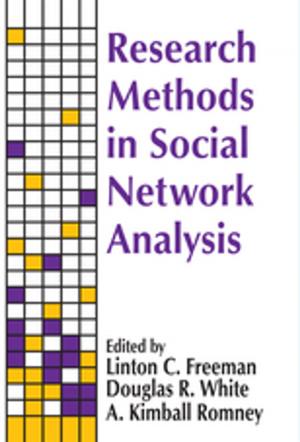Property Diversity and its Implications
Nonfiction, Reference & Language, Law, Land Use, Jurisprudence| Author: | John Page | ISBN: | 9781317273622 |
| Publisher: | Taylor and Francis | Publication: | August 5, 2016 |
| Imprint: | Routledge | Language: | English |
| Author: | John Page |
| ISBN: | 9781317273622 |
| Publisher: | Taylor and Francis |
| Publication: | August 5, 2016 |
| Imprint: | Routledge |
| Language: | English |
Property is more diverse than is usually assumed. Developing the concept of property diversity, this book explores the varied role of property in placed human landscapes. In acknowledging the propertied diversity about us, the book highlights the paucity of our settled contemporary assumptions of property as defined by private ownership. Challenging this universalizing model, the book analyses how this self-limiting view produces critical blind spots in modern property discourse. In response, it offers a re-conceptualization of property that matches the grounded reality of our rich and diverse relationships with land. Integrating the plurality of real property types (private, public and common) with inclusive understandings of both interest and ownership, it thus identifies and substantiates an overarching theory of property diversity. Drawing on studies from numerous jurisdictions, including the USA, New Zealand, Australia, and the UK, its analysis of property as something more – and indeed other – than a place-less abstraction provides an invaluable contribution to the contemporary law and theory of property.
Property is more diverse than is usually assumed. Developing the concept of property diversity, this book explores the varied role of property in placed human landscapes. In acknowledging the propertied diversity about us, the book highlights the paucity of our settled contemporary assumptions of property as defined by private ownership. Challenging this universalizing model, the book analyses how this self-limiting view produces critical blind spots in modern property discourse. In response, it offers a re-conceptualization of property that matches the grounded reality of our rich and diverse relationships with land. Integrating the plurality of real property types (private, public and common) with inclusive understandings of both interest and ownership, it thus identifies and substantiates an overarching theory of property diversity. Drawing on studies from numerous jurisdictions, including the USA, New Zealand, Australia, and the UK, its analysis of property as something more – and indeed other – than a place-less abstraction provides an invaluable contribution to the contemporary law and theory of property.















